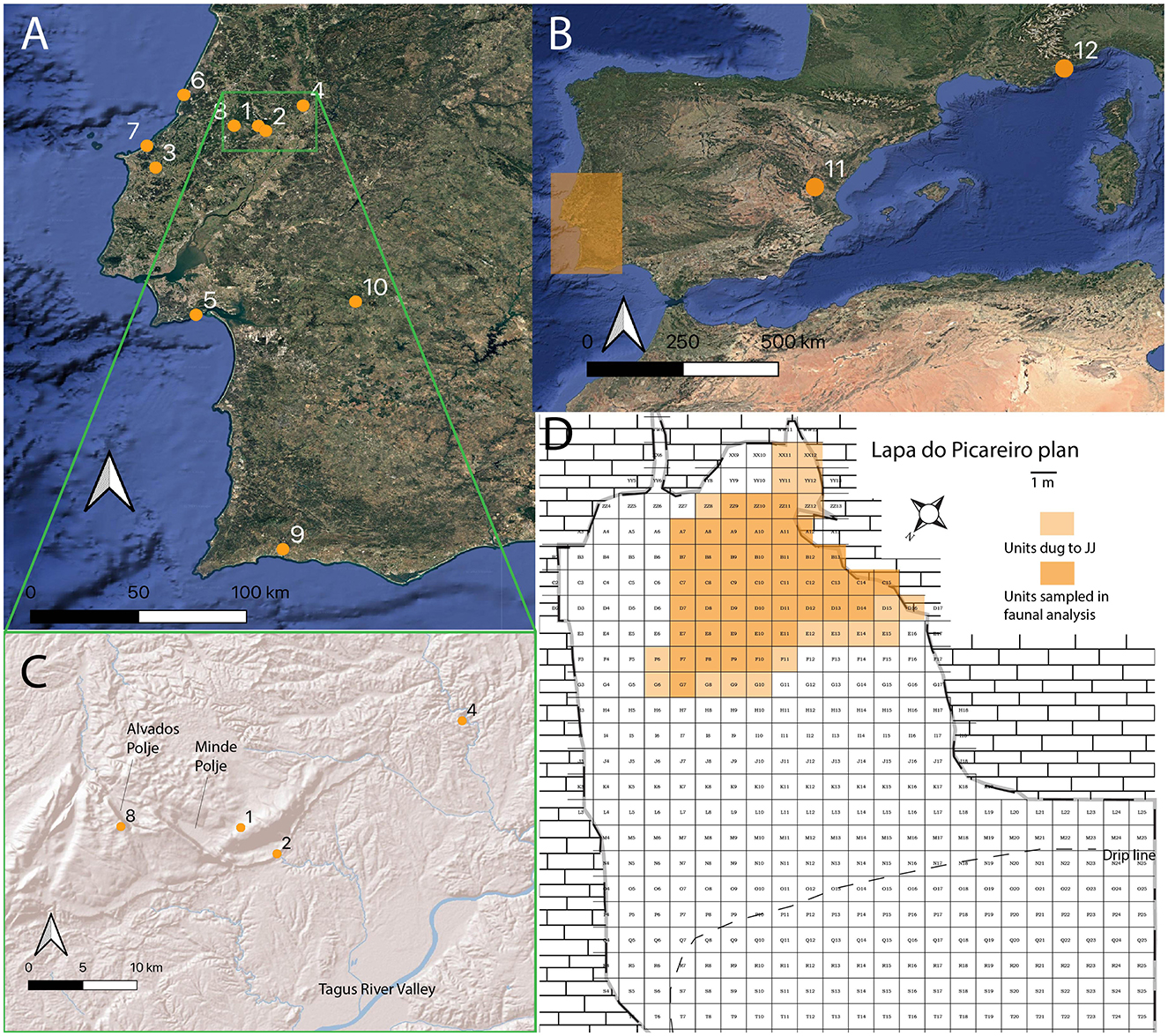
Neanderthals meticulously processed bones from at least 172 large mammals at a lakeside site in Germany 125,000 years ago, running what researchers characterize as a prehistoric “fat factory.” The findings at Neumark-Nord 2 dramatically alter our perception of Neanderthal dietary strategies, uncovering advanced resource management that precedes similar actions in other human species by tens of thousands of years. The data indicate that Neanderthals did not merely break bones for marrow—they pulverized vast amounts into tens of thousands of pieces to produce calorie-rich bone grease by heating in water. This laborious method necessitated careful organization, specialized instruments, and a thorough understanding of nutrition that questions longstanding beliefs regarding Neanderthal abilities.
Organized Industrial-Scale Processing
“This was a systematic, organized, and tactical endeavor,” states Dr. Lutz Kindler, the lead author of the study. “Neanderthals were evidently managing resources with accuracy—planning hunts, moving carcasses, and extracting fat in a designated area.” The site preserved remarkable evidence of this ancient industry. Researchers uncovered over 118,000 bone fragments along with 16,500 flint tools, hammerstones, and numerous indications of fire utilization. Most notably, two-thirds of the bone materials were less than 3 centimeters in size—the small fragments crucial for effective grease extraction.
Fat constitutes a vital survival resource, particularly for hunter-gatherers reliant on animal-based diets. When humans ingest excessive protein without sufficient fat or carbohydrates, they face the risk of “rabbit starvation”—a potentially fatal condition. Bone grease offered a calorie-rich alternative during times when other fat sources were limited.
Evidence of Strategic Resource Management
The scale of activities at Neumark-Nord is astounding. Investigations revealed systematic processing of bones from horses, deer, aurochs, and more large mammals. Principal findings include:
– Selective transport: Only fat-laden bones like skulls, long bones, and mandibles were transported to the processing site
– Specialized tools: Substantial anvils and 58 hammerstones specifically fashioned for bone fragmentation
– Fire infrastructure: Indications of heating bones, stones, and abundant charcoal from controlled burns
– Seasonal planning: Animals were hunted throughout the year, indicating systematic resource collection
The location itself was strategically selected. Situated at the edge of a lake, the site offered easy access to water for boiling, fuel for fires, and raw materials for tools from local glacial deposits.
Caching and Storage Systems
Perhaps most captivatingly, the researchers suggest that Neanderthals may have operated intricate caching systems. The concentration of 172 large mammals in such a compact area implies that bones were stored throughout the landscape and later moved to the processing site during intensive rendering phases. “Indeed, bone grease production demands a certain volume of bones to justify this labor-intensive processing, thus the more bones gathered, the more lucrative it becomes,” remarks co-author Prof. Sabine Gaudzinski-Windheuser. Caching is vital for northern latitude hunter-gatherers, who cannot survive without stored food supplies. The Neumark-Nord lakes might have enabled “pond storage”—a technique where carcasses are submerged in cold water for preservation.
Landscape-Scale Impact
The wider ramifications are significant. Prof. Wil Roebroeks notes: “What sets Neumark-Nord apart is the preservation of an entire landscape, not just one site. We observe Neanderthals hunting and minimally butchering deer in one region, processing elephants intensively in another, and—as this study illustrates—rendering fat from hundreds of mammal skeletons in a centralized area.”
This evidence implies that Neanderthal hunting may have notably affected herbivore populations during the Last Interglacial period. Apart from the 172 animals at this singular processing site, hundreds more were butchered around adjacent lakes, including 76 rhinos and 40 straight-tusked elephants at alternative locations. The discovery pushes the timeline for bone grease rendering back to 125,000 years ago—earlier documentation only noted this from 28,000 years ago in Upper Paleolithic sites. It indicates that complex resource management, seasonal planning, and industrial-scale food processing were integral to Neanderthal culture far earlier than previously acknowledged, highlighting cognitive sophistication that matches that of later human groups.